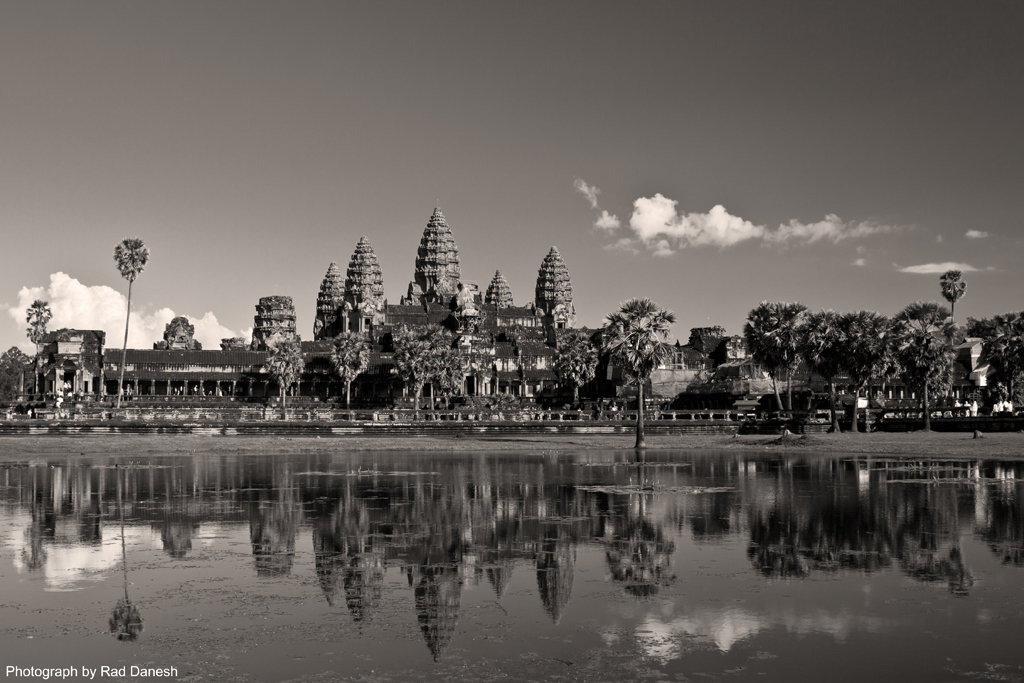Angkor

Ancient and modern history combine to create a fascinating adventure for the Cambodian traveler. Not to be missed is the stunning Angkor Archaeological Park, home to the 12th century Angkor Wat with its soaring towers, 100 other temples, and remains of the largest city in the pre-industrialized world. Contrast the temples and pagodas found throughout the century with the artifacts of contemporary history by seeing the remnants of the 1970s reign of Pol Pot’s brutal Khmer Rouge.
Cambodia’s communities big and small offer contrasts: You’ll see high rises among French colonial architecture in the busy metropolis of Phnom Penh, which is making a comeback from the dark days of the Khmer Rouge. Away from the bustling cities of the small country you will find villages where life is lived as it has been for centuries – by fishing, subsistence farming, raising silkworms and using the barter system.
Throughout this Southeast Asian country glorious nature abounds: white sand beaches, waterfalls, caves, rivers, rain forests and mountain preserves. All this and more await you for your next vacation to Cambodia.
The magnificent temple of Angkor Wat, located near Siem Reap, is among the stunning treasures to be seen in Angkor Archaeological Park, designated a UNESCO World Heritage Site in 1992. The temple, which features soaring towers and extraordinary bas-reliefs, was erected in the 12th century in honor of Vishnu. The park itself stretches over 400 square kilometers and contains some 100 temples and the remains of several capitals of the Khmer Empire dating from the 9th to 15th centuries, among them the largest city of the pre-industrial world. Also in the park is the fortified city of Angkor Thom. There, visitors can see the famous Bayon temple, where 54 towers display more than 200 massive carved faces. Other highlights include the unrestored Buddhist temple of Ta Prohm, which looks the same as did when 1986s French explorers same upon it.










0 Comments